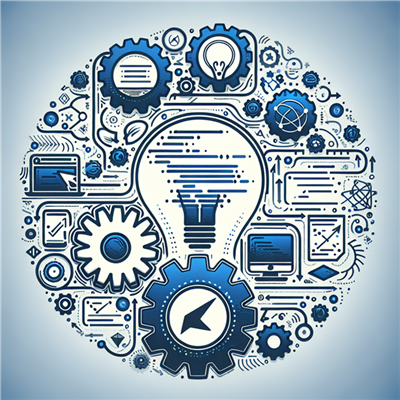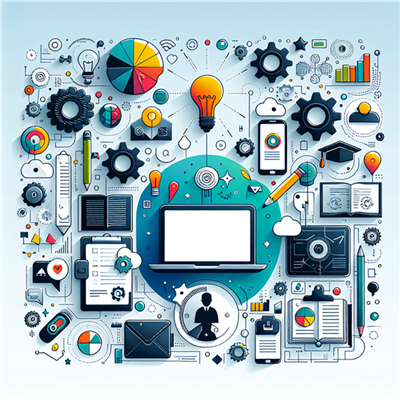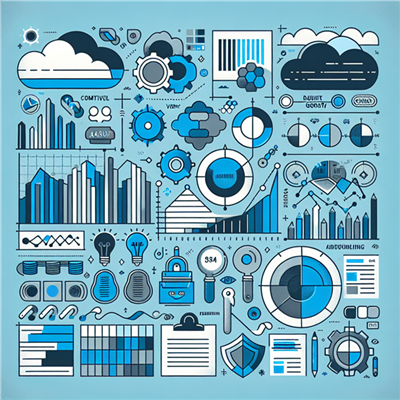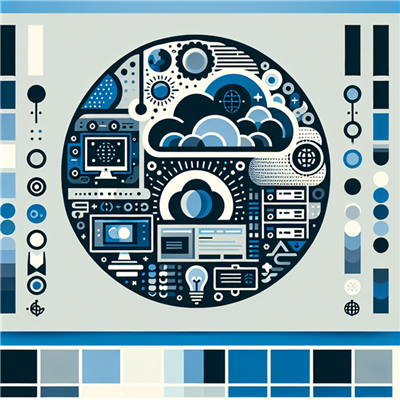
Artificial Intelligence (AI) and Machine Learning (ML) have witnessed tremendous growth in recent years, powered by advances in compute resources. Compute power plays a pivotal role in training AI models, enabling them to process vast amounts of data, recognize patterns, and make predictions efficiently. From traditional CPUs to specialized GPUs, TPUs, and cloud-based distributed computing, the evolution of hardware has significantly impacted AI advancements.
In this blog, we will explore the importance of compute power training in AI, the different types of computing resources, and strategies to optimize AI workloads effectively.
Why Compute Power Matters in AI and Machine Learning Training?
Training AI models requires massive computational power due to the complexity of modern neural networks and the sheer volume of data involved. Here’s why compute power is crucial in AI and ML:
- Speeding Up Model Training: High-performance computing reduces the time required for model training from weeks to hours.
- Handling Large Datasets: AI models rely on big data, and efficient computing ensures smooth processing and learning.
- Improving Accuracy: More compute power allows for deeper neural networks and more sophisticated models, leading to better accuracy.
- Enabling Real-Time AI Applications: AI applications like autonomous vehicles, natural language processing, and real-time recommendations require robust compute power for instant processing.
Types of Compute Resources for AI Training
Different types of compute resources are used in AI and ML training, each offering unique advantages.
1. Central Processing Units (CPUs)
CPUs are the general-purpose processors found in most computers. While not as powerful as GPUs for AI training, they are still useful for:
- Running small machine learning models
- Handling preprocessing tasks
- Managing data pipelines
2. Graphics Processing Units (GPUs)
GPUs are widely used in AI training because of their parallel processing capabilities, making them ideal for deep learning tasks. Benefits of GPUs include:
- Faster training times due to parallel computation
- Ability to handle complex neural networks
- Widely supported in ML frameworks like TensorFlow and PyTorch
3. Tensor Processing Units (TPUs)
Developed by Google, TPUs are specialized hardware designed specifically for AI workloads. Their advantages include:
- Higher efficiency for deep learning models
- Optimized for TensorFlow applications
- Faster performance compared to traditional GPUs for specific AI tasks
4. Cloud Computing for AI Training
Cloud computing platforms like AWS, Google Cloud, and Microsoft Azure provide scalable compute power for AI training. Benefits include:
- Access to high-end GPUs and TPUs without upfront hardware costs
- Scalability to handle large AI models
- Reduced infrastructure maintenance for organizations
5. Distributed Computing
For large-scale AI models, distributed computing techniques allow multiple machines to work together, increasing efficiency and speed. Key benefits include:
- Parallel processing across multiple nodes
- Faster training for complex models
- Cost efficiency by utilizing multiple cloud instances
Challenges in AI Compute Training
Despite advancements in compute power, AI training comes with its own set of challenges:
- High Costs: Training AI models on high-performance GPUs and TPUs can be expensive.
- Energy Consumption: Large-scale AI training requires significant energy, raising sustainability concerns.
- Hardware Limitations: Not all organizations have access to the latest AI hardware.
- Scalability Issues: Managing distributed computing environments efficiently can be complex.
Strategies to Optimize Compute Power for AI Training
To make AI training more efficient, researchers and engineers implement several optimization techniques:
1. Model Optimization Techniques
- Quantization: Reducing the precision of model weights to improve efficiency.
- Pruning: Removing unnecessary parameters from neural networks.
- Knowledge Distillation: Using smaller models trained by larger models to improve efficiency.
2. Distributed Training
- Utilizing multiple GPUs or cloud servers for parallel training.
- Implementing frameworks like TensorFlow Distributed or PyTorch Distributed Data Parallel (DDP).
3. Cloud-Based Training Optimization
- Using spot instances on AWS or preemptible VMs on Google Cloud for cost savings.
- Leveraging autoscaling features to allocate resources dynamically.
4. Hardware Selection and Configuration
- Choosing the right hardware based on workload requirements.
- Optimizing batch size, learning rate, and data pipeline performance.
Future Trends in AI Compute Power
The demand for compute power in AI training continues to grow, driving innovations in hardware and software. Some emerging trends include:
- AI-Specific Chips: Custom silicon chips designed for AI workloads (e.g., Apple’s Neural Engine, NVIDIA’s Grace CPU).
- Quantum Computing: The potential to revolutionize AI model training with unprecedented speed.
- Edge AI: Training and deploying AI models on edge devices for real-time decision-making.
- Energy-Efficient AI: Research into reducing the carbon footprint of AI training through sustainable computing methods.
Conclusion
Compute power is the backbone of AI and machine learning training, enabling the development of advanced models and applications. From CPUs and GPUs to TPUs and distributed computing, the choice of hardware plays a significant role in determining the efficiency and accuracy of AI training.
As AI continues to evolve, innovations in compute power will drive the next wave of breakthroughs, making AI models faster, more efficient, and accessible to a wider range of industries. Organizations must strategically optimize their computing resources to achieve cost-effective and high-performance AI training.
By understanding the role of compute power in AI, businesses and researchers can make informed decisions on hardware, cloud infrastructure, and optimization techniques, paving the way for future AI advancements.
Koenig Solutions, a leading IT training company, offers comprehensive Compute Power Training courses. Our courses are designed to equip professionals with the necessary skills to manage the compute requirements of AI and ML effectively. Join us and take a step towards a promising career in the world of AI and ML.







COMMENT